Jinbocho, Tokyo’s Book District
This neighbourhood in Chiyoda-ku has become a popular centre for second-hand book stores, publishing houses and antique curiosities.
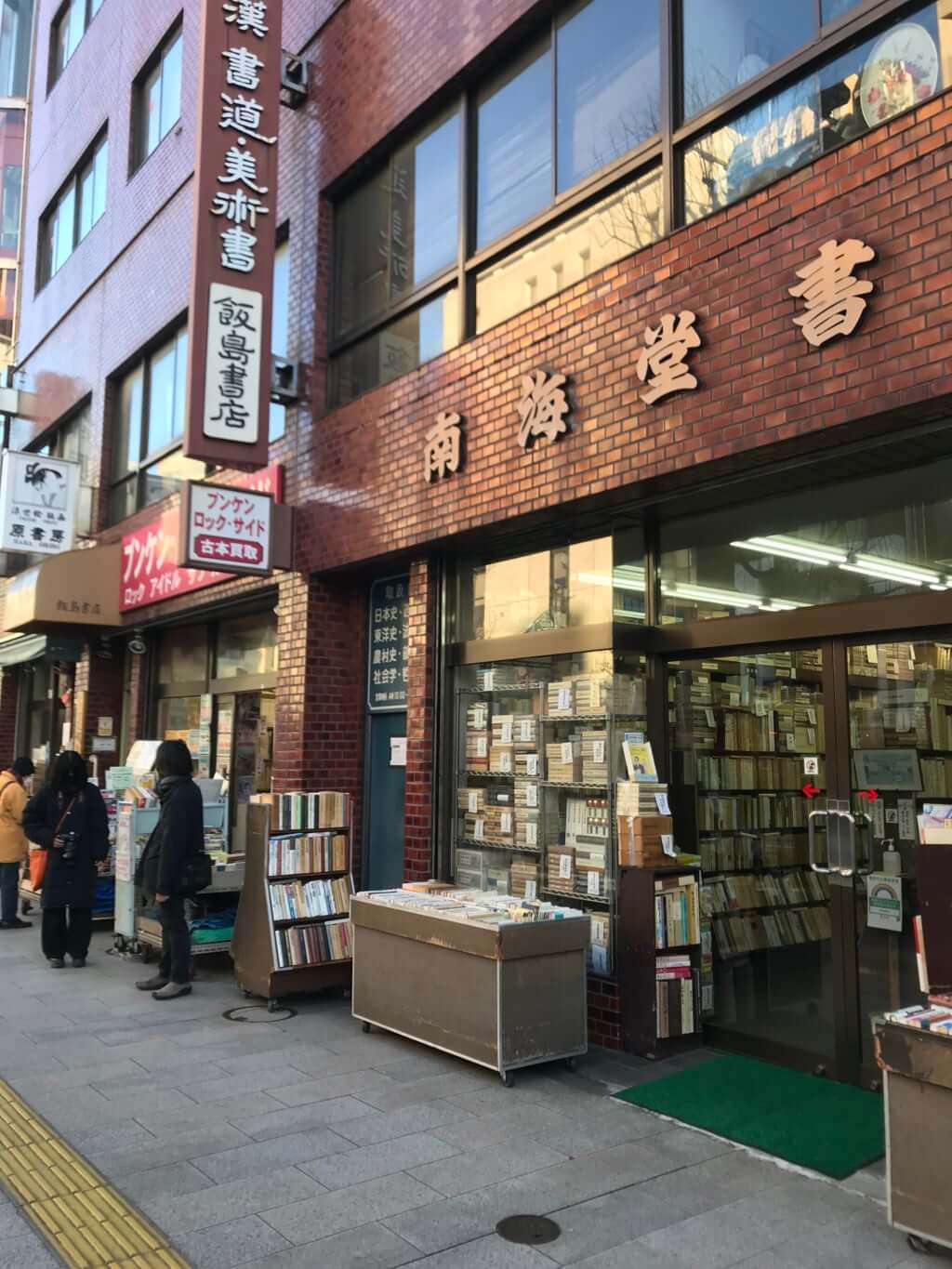
Photo by Miranda Remington.
Exiting Jinbocho station, a distinctly cultivated air drifts along a succession of stores stacked with old novels and papers. By the busy intersection of Yasukuni-dori and Hakusan-dori, where one expects the electric world of central Tokyo, Kanda-Jimbocho neighborhood, or Jinbocho, is Tokyo’s centre for vintage books, encompassing the city’s most established publishing houses and several quaint old-fashioned coffee shops.
With more than 180 bookstores, the district is a diverse centre of knowledge depositing literary rarities and a plethora of manga or magazines from decades. Jinbocho’s antique emporiums brim with history, while boutiques dedicated to art or music suggest new worlds to be discovered. Amongst the informational overload of an urban Japanese lifestyle, Jinbocho is a domain of old ‘physical’ media emanating a kind of wisdom that can only be passed down on paper.
Bookish bliss
Named after a famous samurai who lived in the area around the end of the 17th century, Jinbocho’s history begins in the Edo era. During the country’s sudden transition into modernity, bookshops gradually sprung in the area with the opening of several academic institutions at the end of the 1800s: Nihon, Meiji, Juntendo, Hosei and Senshu universities, all in walking distance. The breakout of a large fire in 1913 caused much devastation, but since a former teacher opened a bookstore there—later to become the prestigious publishing house Iwanami Shoten—Jinbocho suddenly flourished in its wake with students and intellectuals gathering amongst its cafes and libraries.
Today Jinbocho remains where the headquarters of several famous publishing houses are located, from retail book chain Tokyodo Shoten to Shueisha, the publishers of the popular manga magazine Shonen Jump. The annual Kanda Used Book Festival, taking place in the fall each year, is Japan’s biggest market for used books with shelves winding along streets to create a bibliophile’s unending heaven. A hangout spot with a significance akin to Paris’s left bank, amongst the many sides of Tokyo, Jinbocho represents bohemian wisdom pursued with a samurai’s diligence.
Jinbocho station is located in 2 Chome Kanda Jinbocho, Chiyoda City, Tokyo 101-0051, Japan. Immediately surrounding it are more than 100 book stores to leisurely explore.
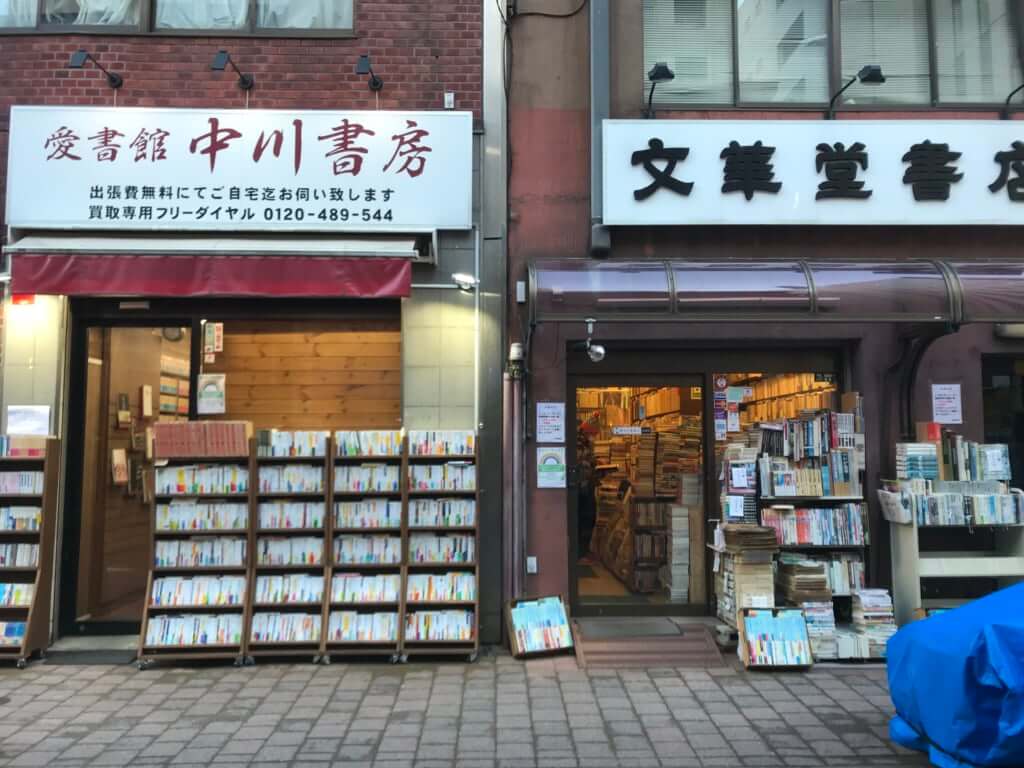
Photo by Miranda Remington.
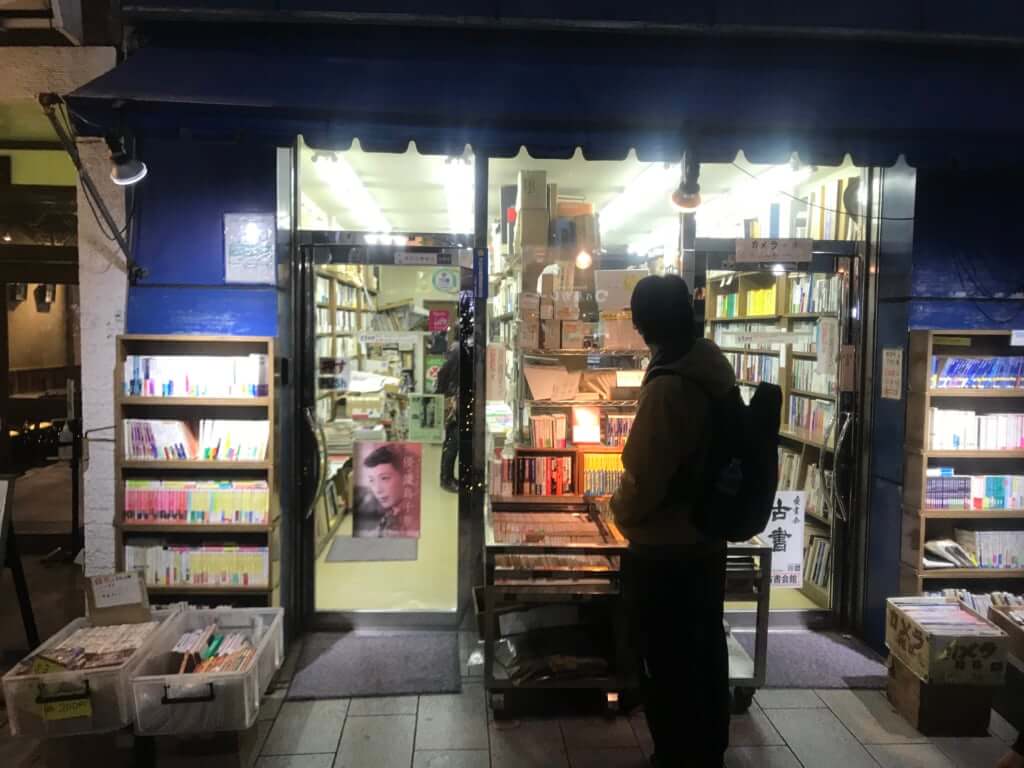
Photo by Miranda Remington.
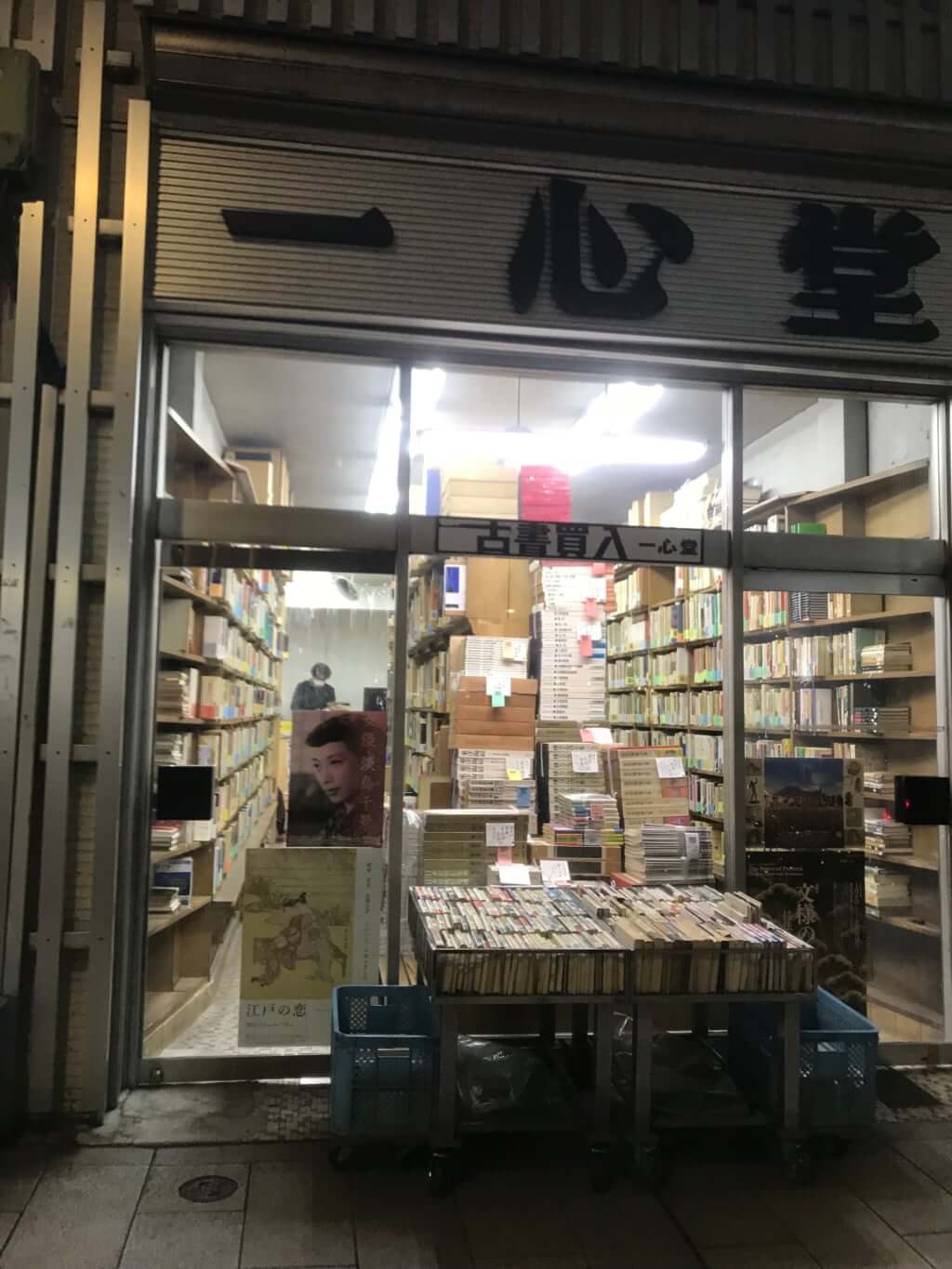
Photo by Miranda Remington.
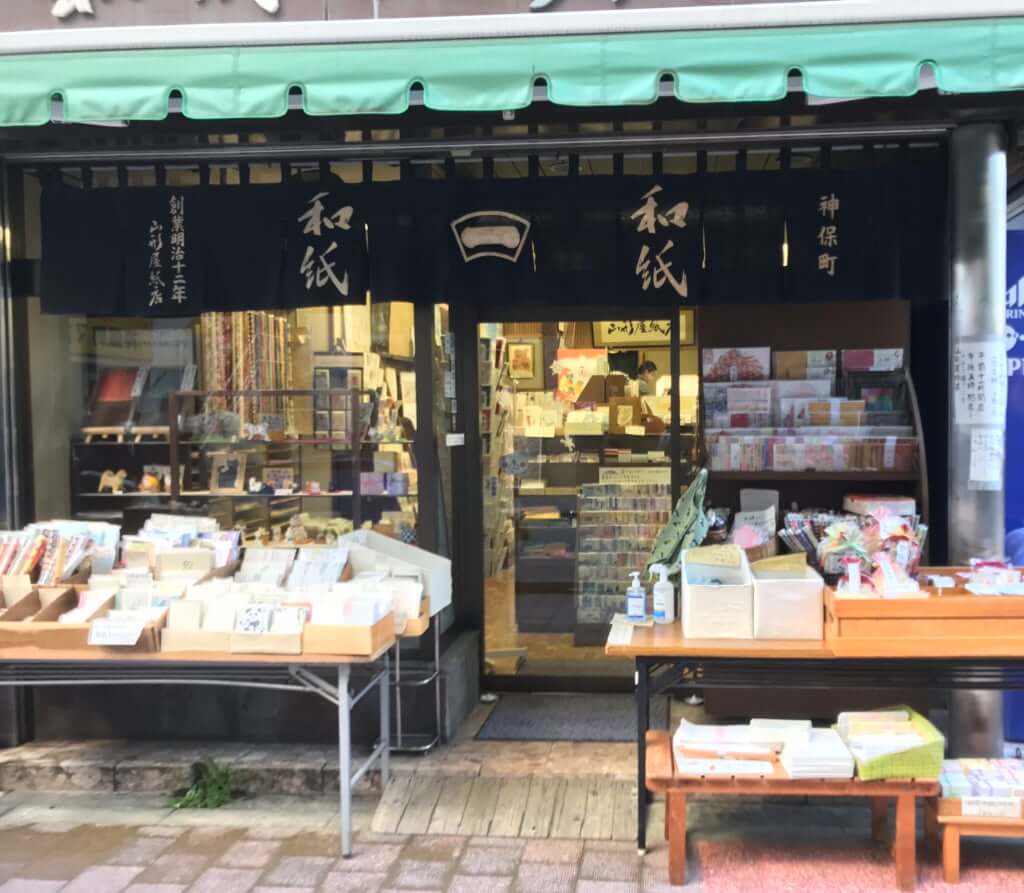
Photo by Miranda Remington.
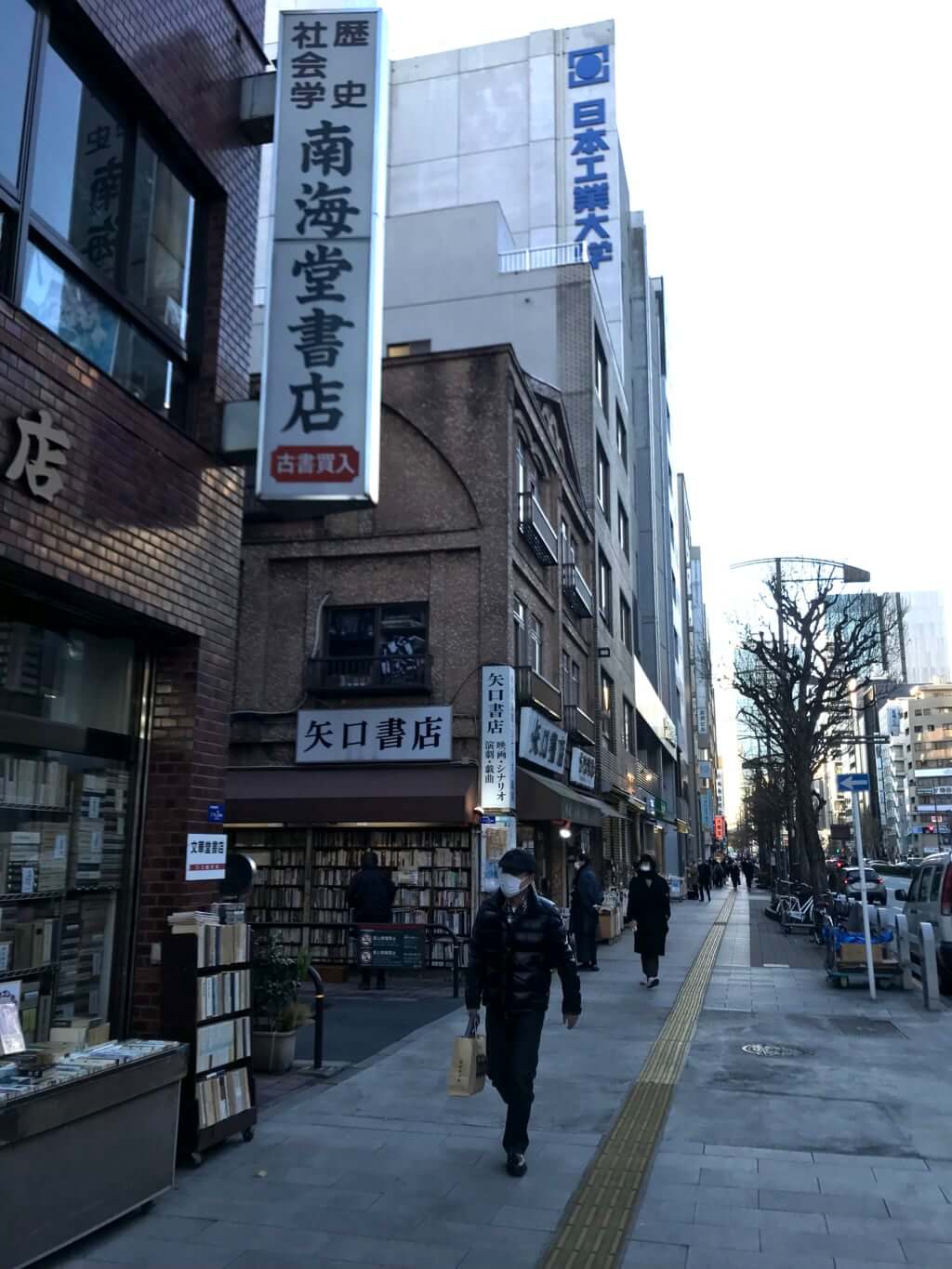
Photo by Miranda Remington.

Photo by Miranda Remington.

Photo by Miranda Remington.
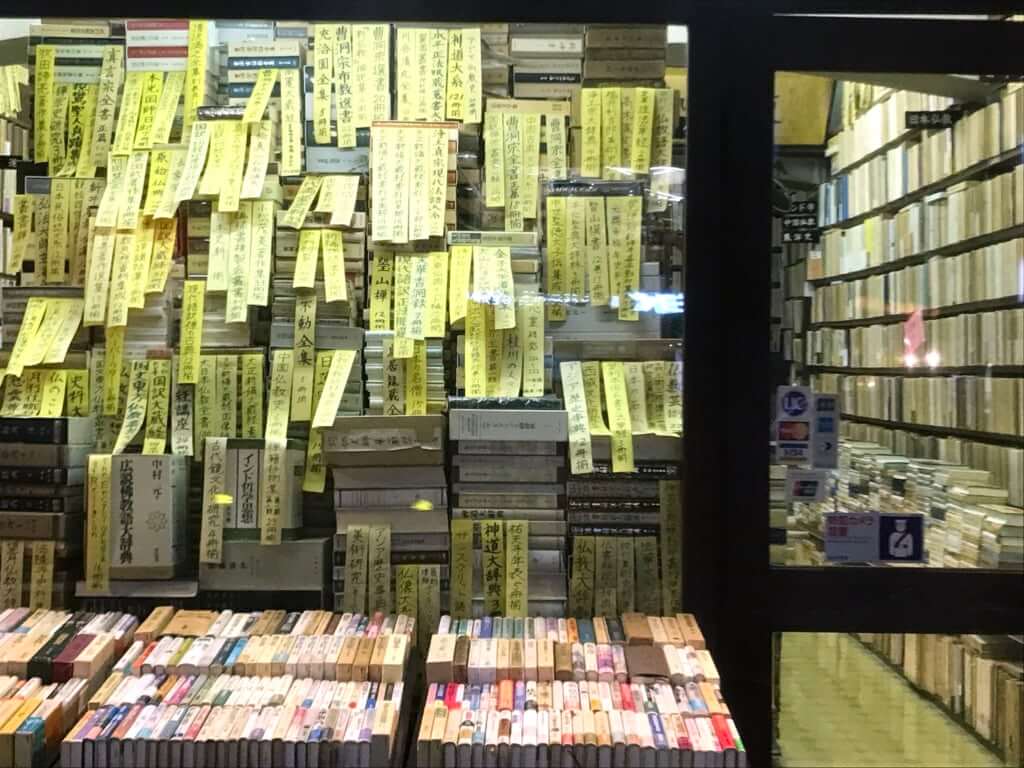
Photo by Miranda Remington.
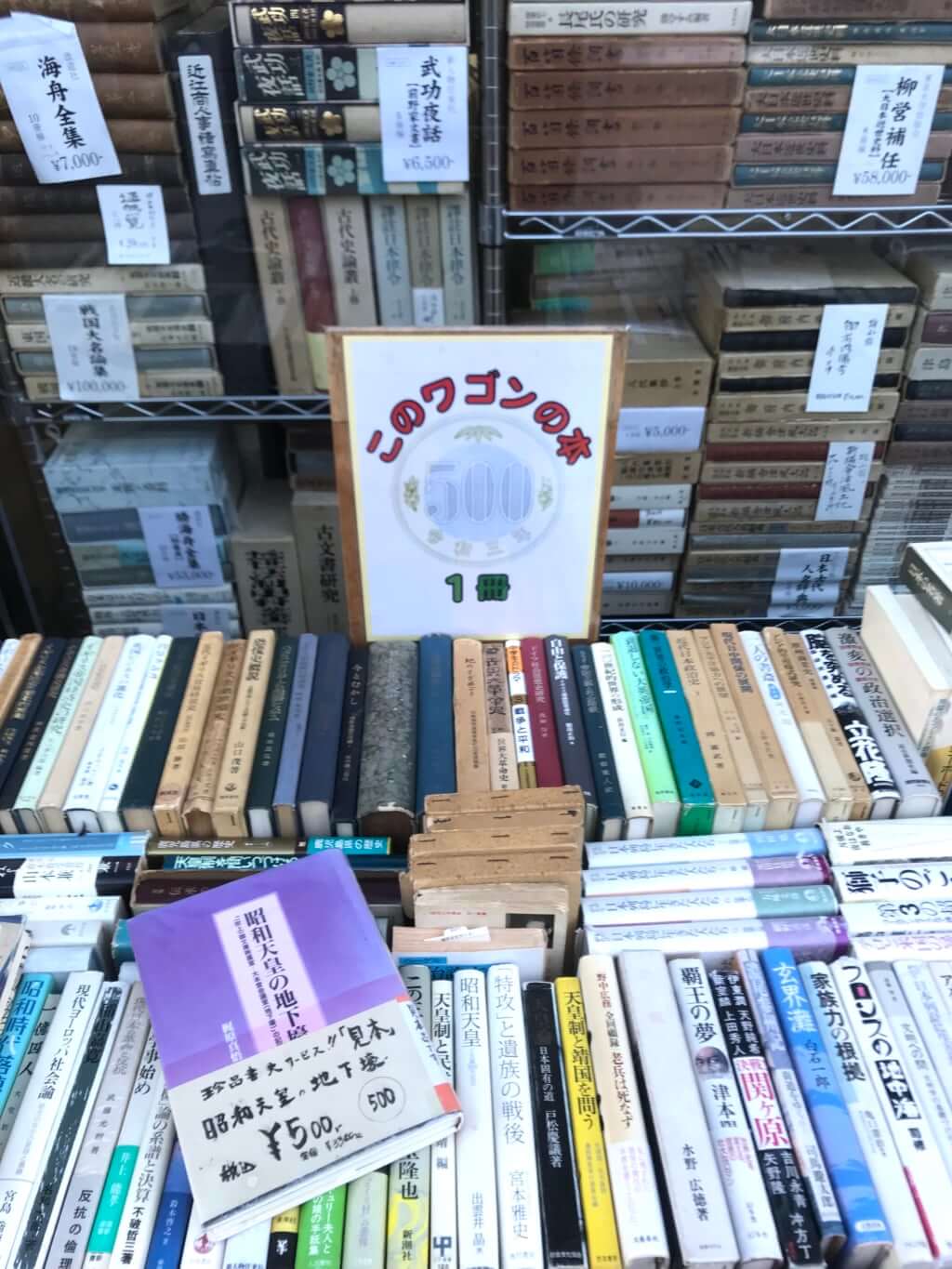
Photo by Miranda Remington.
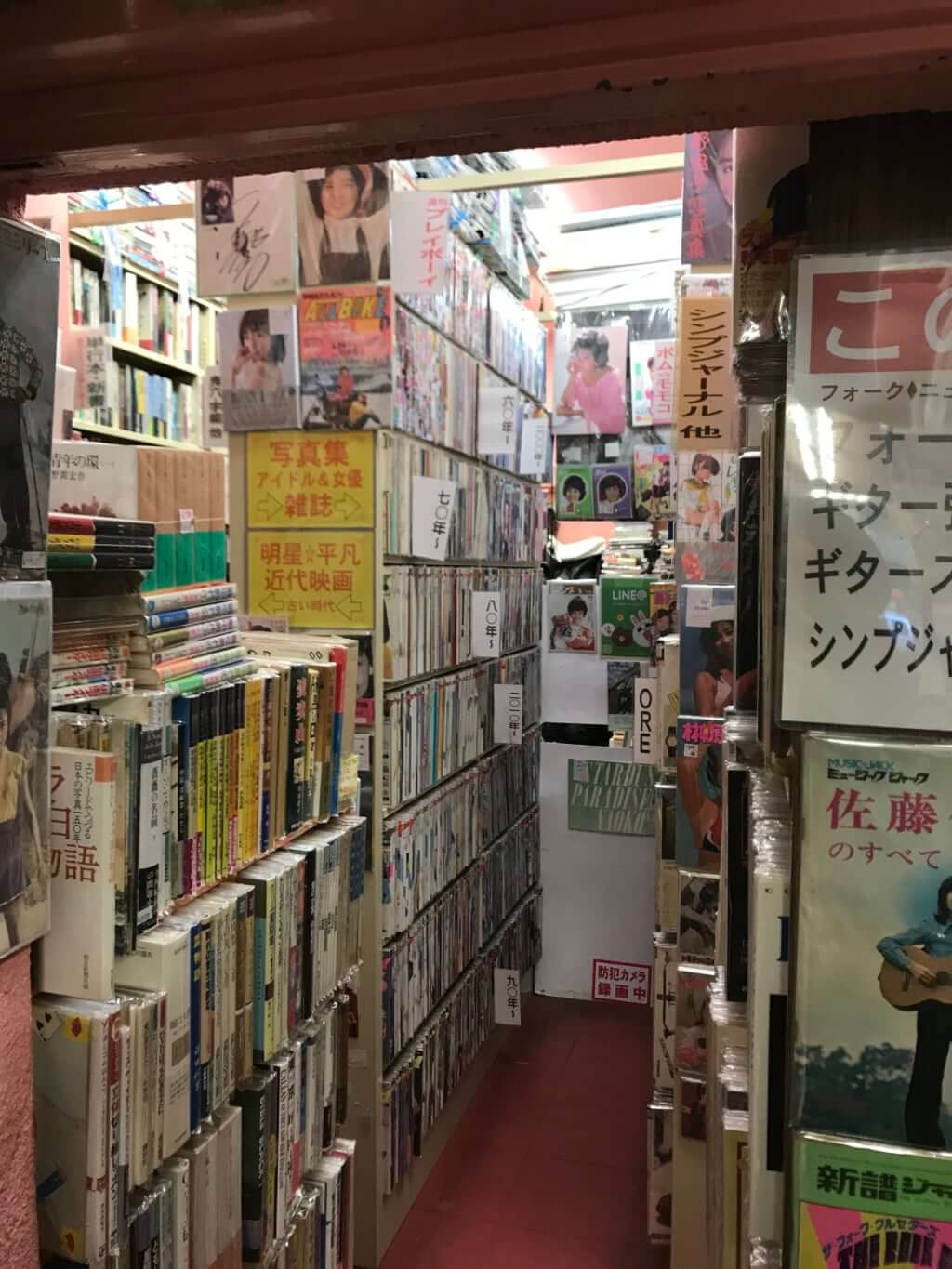
Photo by Miranda Remington.
TRENDING
-
The Tattoos that Marked the Criminals of the Edo Period
Traditional tattoos were strong signifiers; murderers had head tattoos, while theft might result in an arm tattoo.

-
The Tradition of the Black Eggs of Mount Hakone
In the volcanic valley of Owakudani, curious looking black eggs with beneficial properties are cooked in the sulphurous waters.

-
Hiroshi Nagai's Sun-Drenched Pop Paintings, an Ode to California
Through his colourful pieces, the painter transports viewers to the west coast of America as it was in the 1950s.

-
The Sensuality Between a Woman and an Octopus: a Modern Take
The series 'Hysteric Ten' by photographer Sawatari Hajime revisits one of the most sulphurous relationships in Japanese art.

-
Toulouse-Lautrec and His Japanese Influences
Inspired by his Japanese counterparts, the painter reinvented form and technique within his art and is indebted to printmaking techniques.





